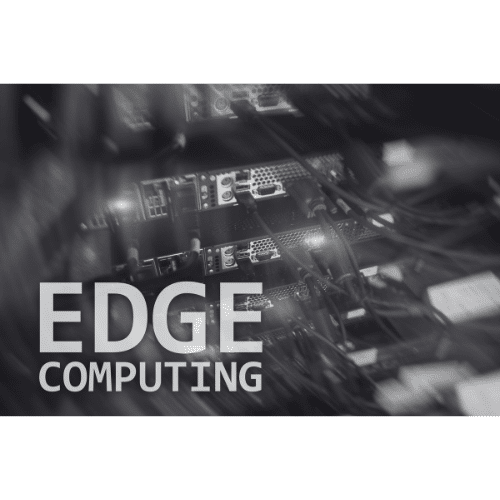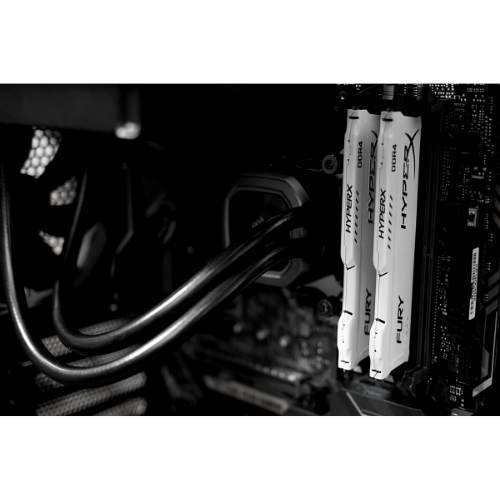Edge Computing is set to revolutionize various sectors with its capability to process data closer to where it’s generated, reducing latency and bandwidth use. Here are several key trends and insights on Edge Computing gathered from multiple sources.
Emerging Technologies
Posted on:
Edge Computing 101: Questions and Answers
As the demand for real-time data processing continues to surge with the rise of connected devices, edge computing is expected to experience an increasing demand; for those unfamiliar with the technology, the question remains: what is edge computing and how does it work?
Emerging Technologies
Posted on:
Tactile Internet: Bringing Reality Into the Digital World
The Tactile Internet has the potential to dramatically change the way humans live, work and play. Imagine being able to feel the texture of an object while shopping online, or experiencing realistic haptic feedback while playing a virtual reality game.


